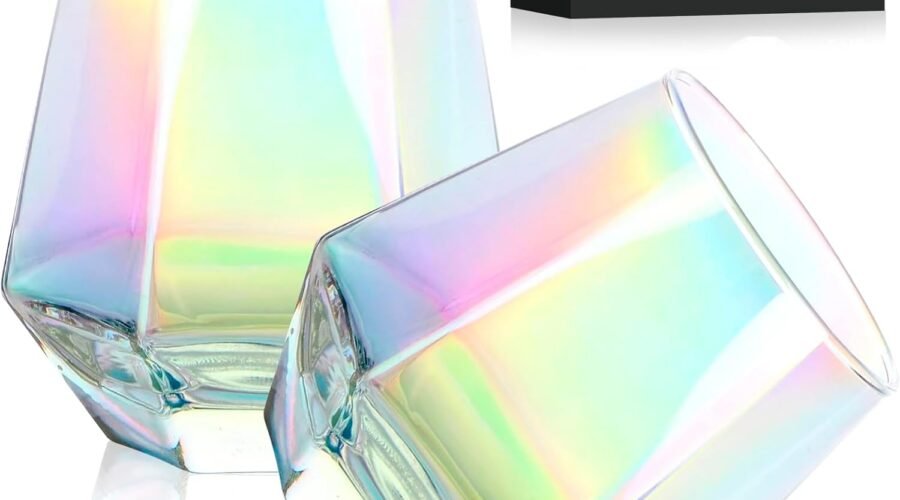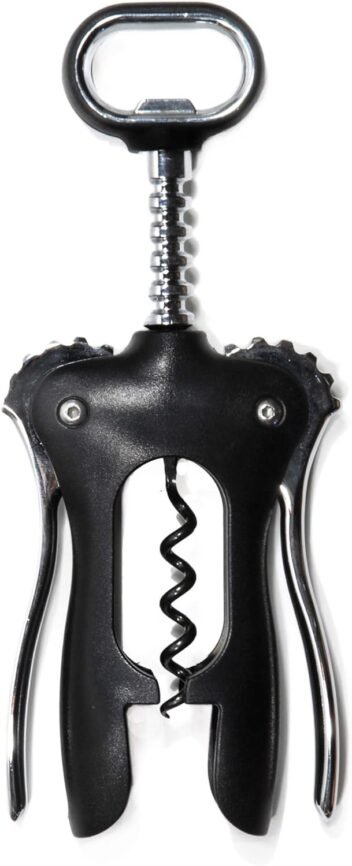Wine Glasses Set of 2, Diamond Stemless Wine Glasses – Iridescent Glassware






Price: $9.99
(as of Jul 19, 2025 16:37:09 UTC – Details)
From the brand


DIEWEISIMI GLASSWARE
Enjoy Your Drinking


About Us
DIEWEISIMI is a specialized company combining design, manufacturing, and export. For decades, we have dedicated ourselves to crafting premium glassware that elevate the public’s wine appreciation experience.
Lead free CrystalExperienced Hand BlownGift Package
Iridescent Stemless Wine Glass
Wine Glasses for Gift


Red & White Wine Glasses


Stemless Wine Glasses Set of 6


Iridescent Wine Glasses


Niu Bi SuperCool Wine Glasses


Hand Blown
How We Packaging?
To ensure that the glasses you receive are flawless, spotless, and gleaming, we use a microfiber polishing cloth to meticulously clean each cup, and our team members always wear gloves during the packing process.
About Broken Glasses?
Although our packaging includes cushioning materials and has undergone extensive drop tests, broken during transportation is still inevitable. You can reach out to us for help. Please be assured that it is our sincere desire to provide you with satisfactory products and services.
🍷【Wine Glasses Set of 2】: Classy and Reusable Packaging,More Environmentally friendly and High grade, whitch even allows you to take your glasses outdoors.
🍷【100% Hand Blown】: These wine glasses are hand-blown using 23 procedures by experienced craft masters who boast more than 10 years experience in this field. Craftsmanship spirit makes wine glass unique and elegant.
🍷【Iridescent Wine Glasses】: The surface of the wine glass is plated with seven colors, reflecting different colors from different angles, Which is a good helper for your life.
🍷【Diamond Wine Glass】: The design inspiration of the stemless wine glass comes from the diamond,30-degree angle,spill-proof, showing a perfect color of the rainbow. Diamond designs can enhance the tasting.
🍷【Lifetime Service】: If don’t like our wine glasses, we will solve the problem for you. We go out of our way to make sure every customer is happy and satisfied with our product and service.
Customers say
Customers find these wine glasses beautiful with their slightly iridescent color and appreciate their functionality, with one noting they work well for both wine and liquor. The glasses are pleasant to hold, with one customer mentioning their heavy base for stability, and customers consider them a perfect gift. While customers like the thick glass construction and find them great value for money, opinions about durability are mixed, with some finding them not as fragile as expected while others report broken or cracked glass. The size receives mixed feedback, with several customers noting they are a bit smaller than expected.


